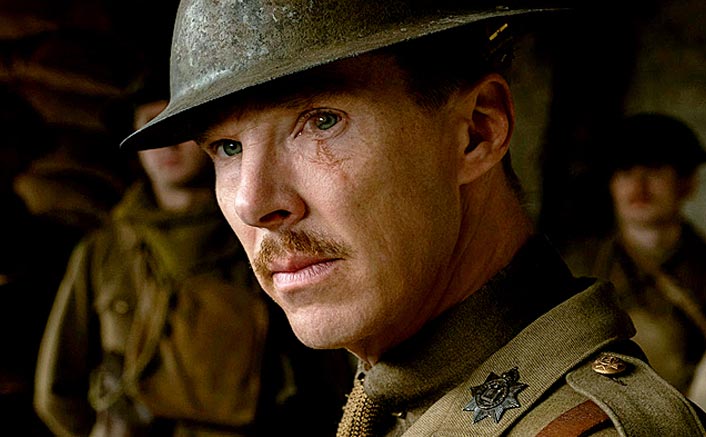
It is very difficult to grasp the reality of the moment we are in. After a certain time has passed, the boundaries of that moment become clearer in our minds. Therefore, a long take in which acting, camera movements, mise en scene and many other elements are designed perfectly can completely reflect the ambiguity of reality.
The relationship of these scenes with reality is always discussed, since the long take has no possibility to manipulate time and editing. Long takes can give a high sense of tempo by circling around the characters and following them, and also can become a form to emphasize the sullenness of the routine in slow cinema.
Here are 15 films that are located at these two sides, which proves this contrast is the power of cinema.
15. Birdman (2014)
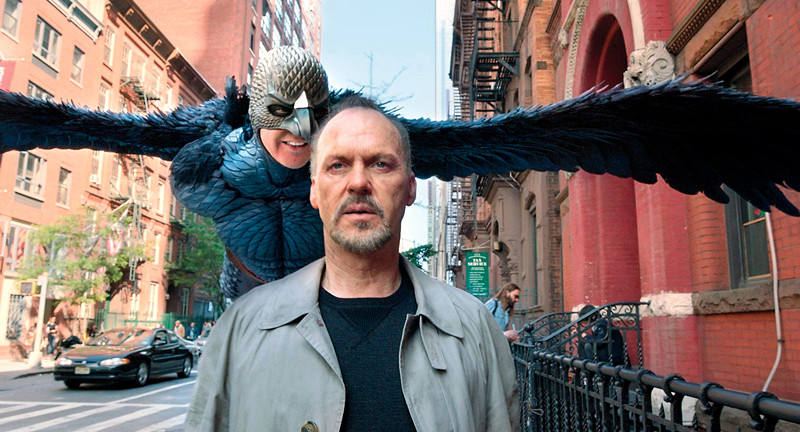
Known for his films “Amores Perros” and “21 Grams,” Alejandro González Iñárritu’s Academy Award-winning “Birdman” is one of the most remarkable works of recent years.
Telling the story of an actor who played a superhero in the past but is now a discredited player, “Birdman” masterfully manages to reveal the critique of populism and hide its philosophical inquiry into the subtext.
Although there are cuts in the film, the director has managed to give the feeling of being shot with one take thanks to its strong atmosphere.
One of the most influential aspects of “Birdman,” which manages to keep the audience in the story at any moment with the use of high-rhythm music, is the wonderful performances of Michael Keaton, Edward Norton, Naomi Watts, and many other stars.
Even though sometimes this stylistic choice gives the sense that the film turns into what it criticizes, “Birdman” is still one of the best ‘one take’ examples in recent years.
14. The Player (1992)
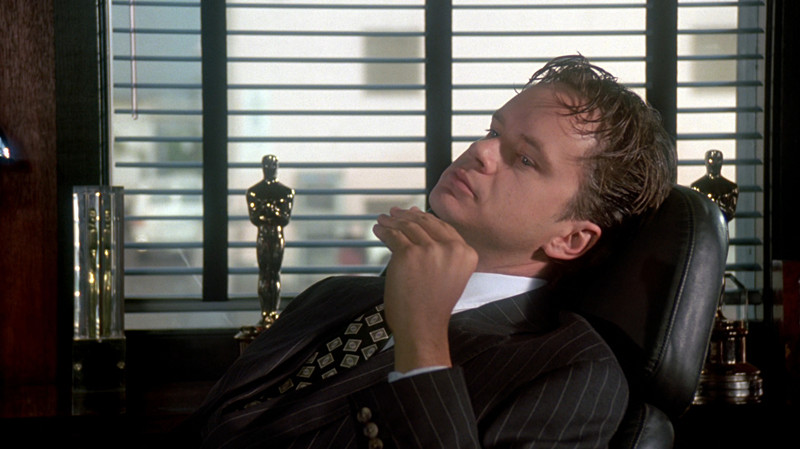
“The Player,” as its name reveals, is a tough and funny Hollywood critique. Emphasizing the dependence on shallow stories embellished with stars, happy endings, chase scenes, and so on, the film also shows how easy the audience is being deceived by this appealing illusion.
Griffin Mill (Tim Robbins) rejects hundreds of scenarios every day. But one day he starts receiving death threats from a screenwriter and finds himself in the middle of dark events.
Director Robert Altman skillfully builds the narrative by using his technical skills in the highly dynamic opening scene, while also saluting films that are mentioned in Hollywood with long takes.
The narrative, which gives continuous reference to the codes of the genre, old films, and directors, plays with the perceptions of the story-addicted audience. Altman’s criticism, which points to the limit between the film and the reality, to a sector stuck in patterns, becomes more noticeable on this red line.
13. Touch of Evil (1958)
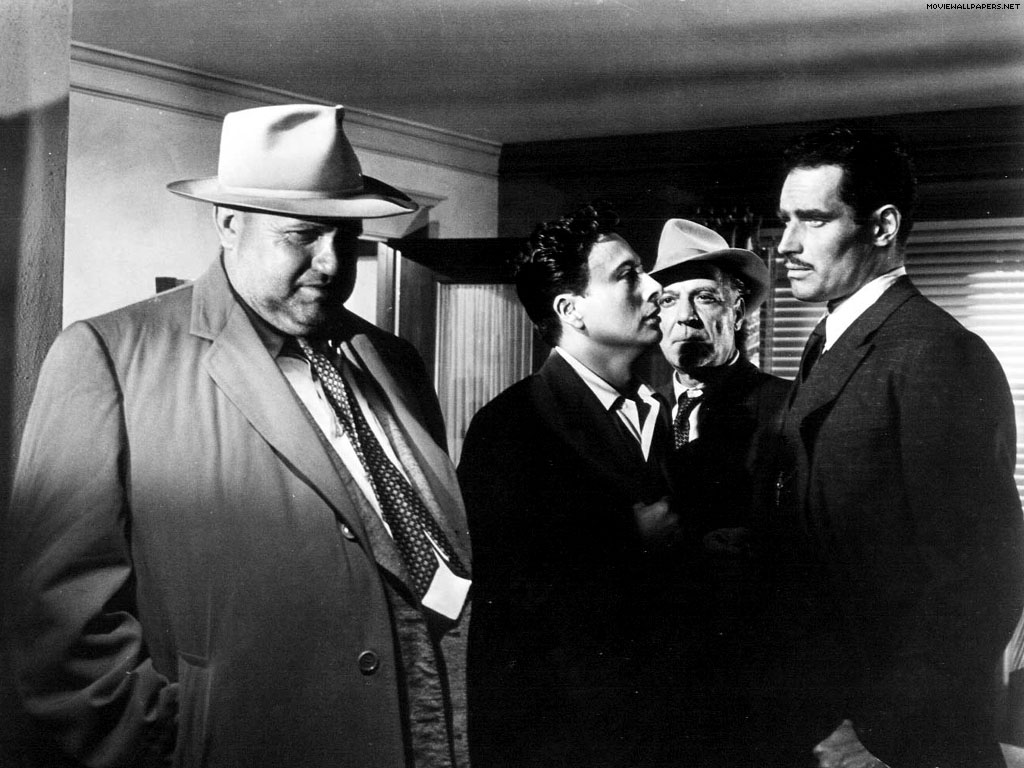
“Touch of Evil” focuses on a case where Mexican police officer Ramon Miguel Vargas left his honeymoon halfway and collaborated with American detectives for a mysterious murder.
Pushing the technical limits of the cinema, this great film by Orson Welles starts with one of the most memorable scenes in the history of cinema with its four-minute one-take opening sequence. The film’s brilliant beginning also contains many film noir codes like a passionate femme fatale, a bomb, evil appearing in the dark streets, and a detective…
“Touch of Evil” is one of the most important films of the genre with its visual structure that skillfully reflects the atmosphere of the story, the use of light that strengthens the dramatic structure, and excellent acting performances.
12. 4 Months 3 Weeks 2 Days (2007)
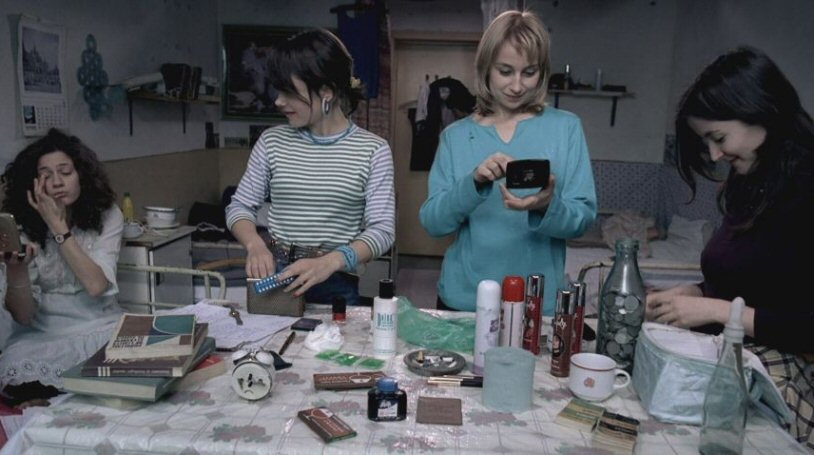
Romanian director Cristian Mungiu’s second feature film has attracted a great deal of interest since its debut in many respects, with its harsh realism and minimalist side.
The film, which took place in the 1980s when Çavuşevsku was in power, tells about a day of a girl who had to have an abortion illegally.
Standing out with its dynamic shooting technique and impressive screenplay, the film reveals the destruction by minimizing unnecessary details. Themes such as solidarity, sacrifice, freedom, oppression, and sexuality are conveyed with an extraordinary reality. Mungiu trusts the effect of this reality so much that he does not need to use music throughout the film.
At the end of “4 Months 3 Weeks 2 Days,” the details and feelings, which are seen during the long takes, gain completely different meanings in a tension process where the worst is always expected.
11. 1917 (2019)

Returning from the 77th Golden Globes with the Best Film and Best Director awards, “1917” takes the audience to the dark atmosphere of World War I.
Focusing on the task of transmitting a message that will save the lives of 1,600 soldiers by passing through to the enemy region of two British soldiers named Schofield and Blake, “1917” offers a unique experience with its strong harmony between the dramatic structure and sound use, splendid acting performances, dark interior shots, and realistic period depictions.
Roger Deakins, one of the best cinematographers in history, takes the film up with flawless cinematography. The visual and audio preferences of the film that reflect the time and place perfectly also prove director Sam Mendes’ talent again.
10. A Pigeon Sat on a Branch Reflecting on Existence (2014)
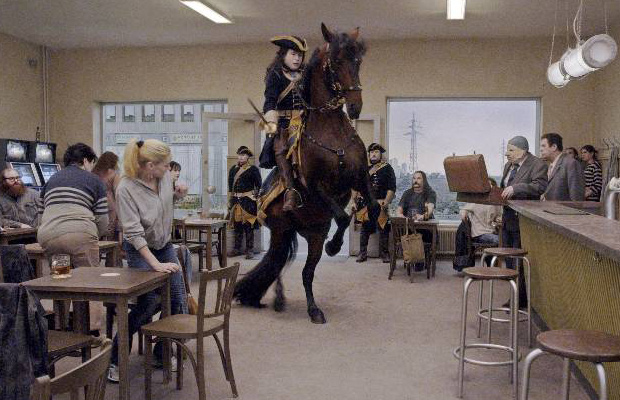
“A Pigeon Sat on a Branch Reflecting on Existence,” the last part of the Living Trilogy that returned from Berlin with the Golden Bear, is a pure Roy Andersson film.
The master auteur, by using long takes, creates a suffocating atmosphere that reveals the reality we live in around the theme of death. With exaggerated acting performances, and the use of color and places, Andersson also emphasizes how tragicomic this world is.
The simple questions and confessions by the characters in the plastic world point to the unpleasant answers about the world we live in. Expressionless faces, long silences, never-ending repetitions, and a sharp melancholy penetrate every moment as we are used to in his films.
9. Sieranevada (2016)
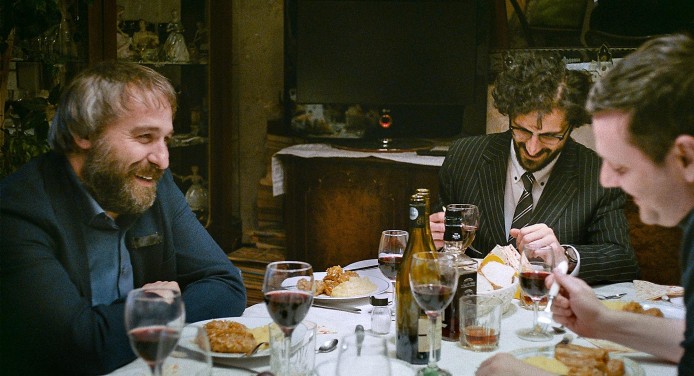
Following a road frequently followed by the Romanian New Wave, “Sieranevada” establishes a dark narrative of contemporary Romanian society through individual relations.
Cristi Puiu traps the audience inside a family’s house, pushing to reflect on many concepts such as family, loyalty, marriage, religion, and politics. While doing this, the distance between his camera and the characters creates an intimate atmosphere and it helps the audience to be positioned inside the house.
With technical skills such as building great mise an scene and skillful camera use, he transforms this low-paced story into a different experience. The success in the construction of the characters and the inner precession between them skillfully sustains the story that might go to quite unbearable points.